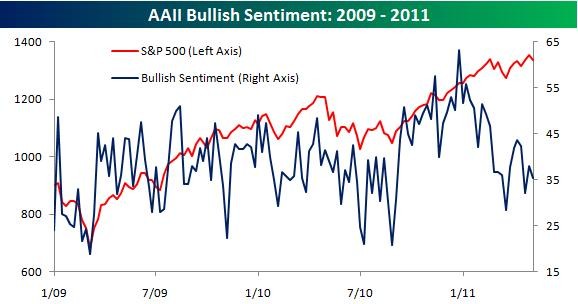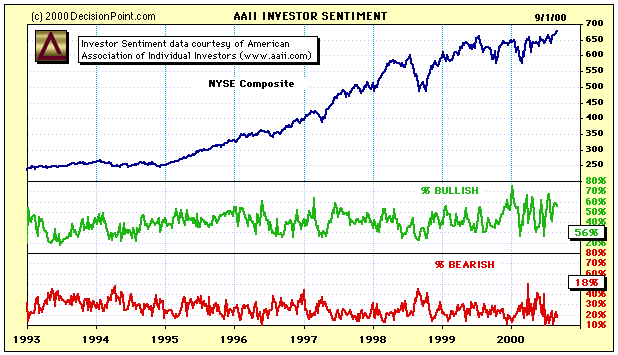AAII The American Association of Individual Investors
Post on: 29 Май, 2015 No Comment

by Jerome Clark
Retirement investors must balance two fundamental risksthe risk of not having enough growth in their portfolios to sustain income for many years in retirement versus the risk of a steep market decline that could substantially cut into assets at the worst time, such as retiring during a bear market.
Prior T. Rowe Price studies have noted that a lower equity exposure in a retirement portfolio has helped protect against short-term market setbacks, but provided less retirement income over the long run. A new analysis shows that even those who pursue a more conservative investment strategy to avoid large losses at retirementwith the intention of cashing out their assets soon after retiring to, say, buy an annuitymight not do as well as those with a more aggressive strategy. This was the case even for some risk-averse retirees who started withdrawing their retirement savings on the eve of the 2008 market crash.
The reason: Even with a sharp downturn in stocks at retirement, an investor who had a high allocation to equities for many years prior to retirement had the opportunity to accumulate more assets than an investor who had pursued a more conservative allocation. In other words, though many investors naturally focused on their losses in the 2008 market crash, those who had a sufficient exposure to stocks for years leading up to the crash may still have ended up better off than investors who had been much more conservatively invested all along.
Two Strategies for Retirement
The new T. Rowe Price study compared the outcomes for two hypothetical investors who each retired at the end of 2007 and planned to withdraw all of their savings in three installments: one-third in January 2008, one-third in January 2009, and one-third in January 2010. It then examined which of these investors would have been able to withdraw more savings if one had been invested with less equities and the other invested with higher equity exposure.
As shown in Figure 1. the higher-equity investor begins with a 90% allocation to stocks 30 years prior to retirement (which is assumed to start at age 65). His allocation is reduced by 1.32 percentage points a year for the next 30 years, so he has 50% of his portfolio in stocks at age 65. After retiring, the allocation to stocks is reduced one percentage point a year after that so the investor has 20% in equities at age 95.
The more conservative investorthe one with a lower equity exposurealso begins with a 90% allocation to stocks 30 years prior to retirement (which is assumed to begin at age 65). His exposure to stocks is reduced by 2.32 percentage points a year, so that the stock allocation is 20% at retirement. His allocation to stocks then remains at that level to age 95. In contrast to focusing on the risks of inflation and longevity, this investor is focused on reducing the risks from short-term market volatility.

Having experienced a good deal of such volatility the past few years, many investors who are about to retireand particularly those who plan to withdraw their retirement savings soon after retiringmight find the idea of less market risk from less equity exposure more appealing. Indeed, the study shows that if the two investors each retired at the end of 2007 with $1 million retirement nest eggs and planned to withdraw their respective savings in three equal annual installments, the total withdrawals of the less-aggressive investor would have been more than that of the more-aggressive one: $1,002,680, versus $919,970.
This result should not be surprising, as the portfolio with the higher equity allocation encountered greater short-term volatility. Over 2008 and 2009, this portfolio with greater equity exposure lost 4%including a decline of 17.3% in the 2008 bear market. In contrast, the lower-equity portfolio gained 5.5% over the two-year period.
Impact of Long-Term Investing
Looking at only the withdrawals from equal levels of retirement savings, however, ignores when the two investors started investing. Retirement savers do not just happen to arrive at their retirement dates with nest eggs that are independent of asset-allocation decisions made over years of saving.
That is where the higher returns of the more aggressive portfoliobecause of the historically higher returns of stocks over bondsadded up to a big difference in withdrawals, as shown in Figure 2. This part of the study examined two savers following these same strategies for 30 years, both starting with $10,000 initial savings, $50,000 salaries that increase 3% a year and saving 7% of their annual salaries.














